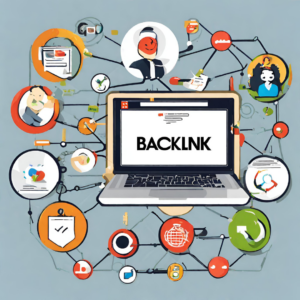Learn to Build Web Apps Using Backbone + Rails
Series
See fully featured web apps being built from start to finish.
Series
Watch tutorials on how to build rich client side features.
See Backbone in Action
All tutorials go far beyond the simple one task app.
Build Amazing Applications
Each screencast develops features of single page applications
Reduce Complexity
Learn how to refactor, design, and build production ready code
What makes this different?
Each tutorial and screencast series goes far beyond simple one-task apps. You’ll see how amazingly powerful applications can be built using Backbone. Each series shows the natural progression, refactoring, and testing of real-world applications.
Who are these screencasts for?
Anyone interested in building single page applications using Backbone. Developers of all skill levels can benefit. Concepts start slowly and build on piece by piece.
What's covered?
Each application has different features, but we’ll cover topics such as code architecture, patterns and conventions for organizing files, CRUD actions, user authentication, dialogs, animations, and much more.
What languages / tools are used?
The central topic will be Backbone JS and other frameworks, plugins, and tools to use with Backbone. The backend is Ruby on Rails, but you don’t have to be an expert in it to get started. All client-side code is written in Coffeescript.

